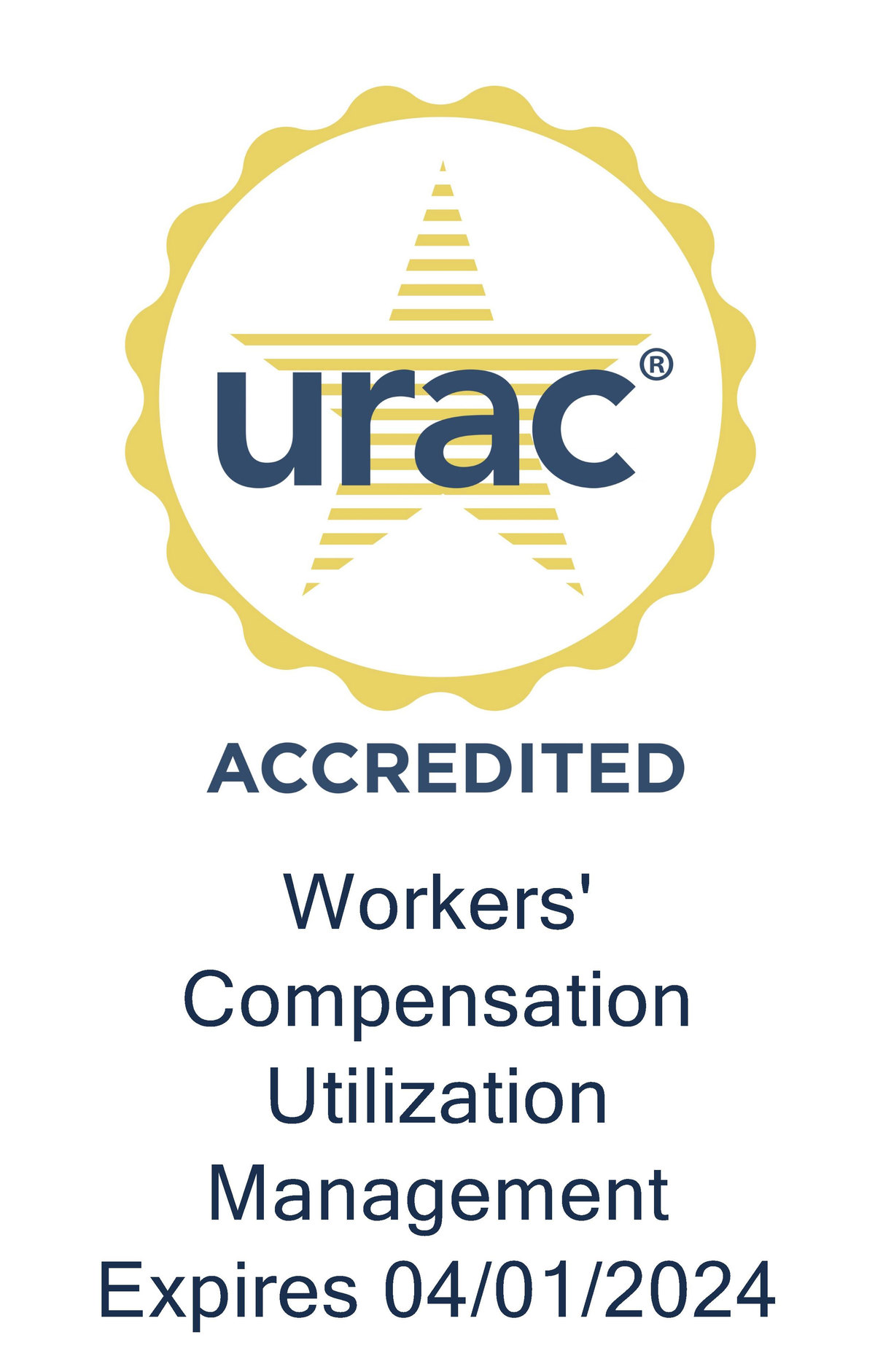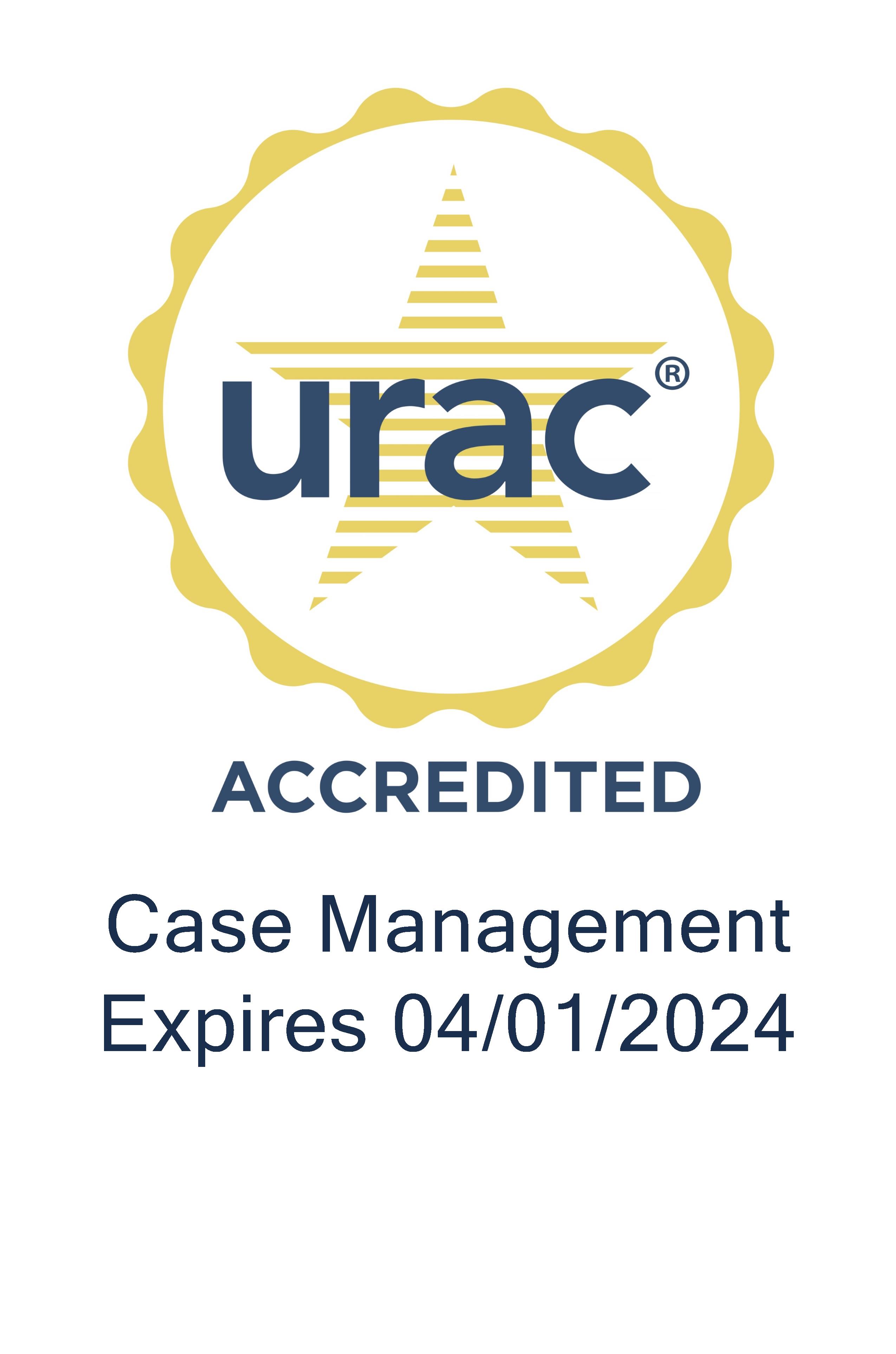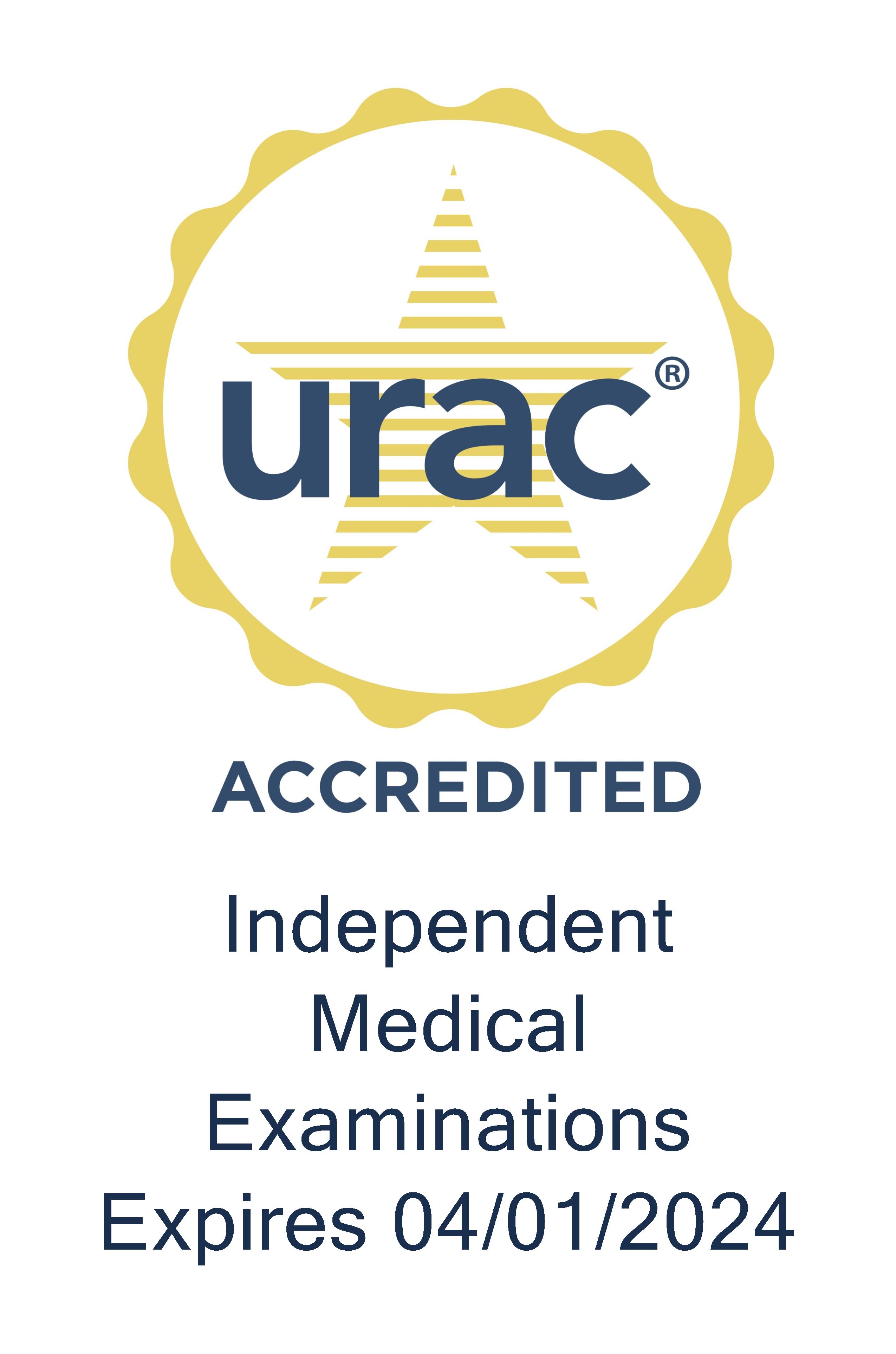Traditionally, the term mental health has been treated as a claims pariah in workers’ comp, as it’s been associated with delaying recovery and sending costs spiraling out of control. Yet, ignoring the reality that psychosocial factors exist in mostly all claims is perhaps the biggest cause for these problems. In part two of our mental health podcast series, we ask Tammy Bradly and Mariellen Blue if addressing mental health in the initial assessment and throughout the claim can actually have a positive effect on claims management.
Tom Kerr (TK): Mariellen, let’s first address the biggest concerns regarding mental health factors and workers' comp, that psychosocial factors drive up claim costs. In your experience, has this been the case?
Mariellen Blue: Tom, another longstanding myth in workers' compensation is that mental health issues will drive up claims costs and delay return to work. And when you're reading various journals, various statistical reports on the cost of workers' compensation, it's really easy to understand why many claims professionals believe that mental health conditions drive up the cost of claims and delay return to work.
There was a report from the International Risk Management Institute that estimated that substance abuse and mental health disorders cost employers between $80 billion to $100 billion in indirect costs. And there was another study that found that of workers who reported feeling symptoms of depression one month, six months, and a year post‑injury, that only 10 percent were able to return to work.
Now, although there's often a connection between high claims costs, delayed return to work, and mental health issues, many of those who subscribe to this myth have the connection backward. Depression isn't really causing the inability to return to work, rather it's the inability to return to work that frequently causes the resulting depression.
It's important to remember that, again, work really defines who you are as a person. It's one of the things in your life that gives you purpose in life and is a large part of your personal identity. And, unfortunately, when that's taken away from you, depression, stress, and anxiety can really set in.
TK: Yes. And, Tammy, when we talk about reducing costs as they relate to mental health conditions, what can employers do to handle it?
Tammy Bradly (TB): Thanks, Tom. You know, I think that's a really important point to make. There's so much that can be done pre‑claim, but from an employer preventive perspective, I think we have to get beyond the misconception that mental health can't be approached from a preventive perspective.
And the most cost‑effective way to address it is to have employee‑based programs that address mental health. Each of us have mental health just like we have physical health. You know, we're expected to eat well, exercise, have our yearly health and wellness visit to the doctor, to the dentist, to prevent us from developing chronic conditions.
Mental health is really no different. Mental health at work is a crucial factor for employee wellness, engagement, as well as diversity and inclusion. And that's something that I don't think we talk about a lot.
Do you know one in five Americans manages a diagnosable mental health condition in any given year? And, to add to what Mariellen said earlier, the business costs of unsupported and untreated mental health conditions and stigma is significant. Each year, over 217 million days are lost from work either due to absenteeism and presenteeism — and this is pretty significant. Employers who offer Employee Assistance Programs (EAP), general health and wellness programs, are taking preventive action.
You know, it's really hard to separate the physical from the mental. When you think about mental distress, if left unchecked, can result in not only mental health issues but physical deterioration as well.
I do think employers are becoming increasingly aware that worker health influences worker productivity and that productivity obviously has an impact on the organization's performance and competitiveness in the market. Smoking, sedentary lifestyle, high cholesterol, hypertension, poor diet, weight, excessive alcohol consumption, high blood glucose — all of these things are risk factors. But you know, the risk factor producing the largest medical cost increase that one study found, was actually depression Employees who reported being depressed were 70 percent more expensive than their non‑depressed coworkers. I think that's a pretty astounding fact. Mental health‑friendly workplaces really were those that valued the overall health and well‑being of their employees, including their mental health, and have specific practices and policies in place.
Policies and practices that can include valuing diversity, treating mental illness with the same urgency as you treat a physical illness. promoting healthy work‑life balance and providing training for managers, supervisors, and even the staff on mental health issues in the workplace.
Having a mental health‑friendly workplace really supports employees so that they feel comfortable seeking treatment and provides them with resources like EAPs and allows them to feel comfortable actually utilizing these resources. I read in one article that the use of EAPs has been reported as low as 4.5 percent, and that's pretty sad and very shocking to me. But, the reason why employees reported that it was so infrequently used was fear of stigma that would be attached to them if they did seek out and ask for help. And that's really sad.
So, I think, in order for change to occur, we have to continue to expand our understanding of workplace mental health from not only the availability of resources, but the stigma that's historically been attached to it as well.
TK: And you touched on this, but I’d like to dig a little bit deeper into it. When mental health issues are not addressed during a claim, what can happen?
TB: Well, I think it's pretty simple. A very simple claim or diagnosis can escalate into a complex one, where it exceeds the usual and customary guidelines, for both treatment and return to work.
We talk a lot about the 80/20 rule where 20 percent of the clients are driving 80 percent of the costs. It starts out simple, a back strain; the reserves are set, and everything's going along. But, all of a sudden, the claim's not resolving as predicted. Often, this is due to these underlying psychosocial issues and, if not addressed, can escalate, resulting in longer claim durations and increased indemnity costs as well as medical payment.
Let's take a look at an example. If you look at three views of the same person, a 50‑year‑old with a low back strain, primary diagnosis, no secondary diagnosis or comorbid. If you look at the nationally recognized guidelines, the average duration for this diagnosis would be about 23 days. It would have a risk score of around 40, and the claim typical cost would be around $7,600.
Now, in view two, take that same diagnosis and add a comorbid condition of depression. The average duration, according to the guidelines, goes from 23 days to up to 42 days with a risk score now of 65 and a claim typical cost of over $14,000. So, you've already seen that simple diagnosis double in cost.
Now, third example, you take that same diagnosis, and you give it a secondary diagnosis of depression, meaning it started out back strain, but they developed underlying mental health issues, and they were diagnosed subsequently with depression. Now your average duration is up to 90 days, your risk score's up to 67, and your claim costs could be as much as $73,000.
So, I think this is why it's so important that we identify these issues earlier versus later in the claim so that they can be addressed while the physical healing is occurring. And they will be … and we can keep these disability durations and overall claim costs down.
TK: Yeah, those are some really steep costs to consider. So let me ask you this, Tammy. How do case managers work with injured employees to get a true sense of what's needed to recover safely and efficiently?
TB: Yeah, Tom, to achieve the best possible outcomes and really get someone back to work with minimal delay, as I said earlier, case managers must look beyond that primary diagnosis and always be using that wide lens or holistic view of that injured employee. And that includes looking at any psychosocial issues that may exist.
We really have to consider the potential stress and anxiety an injured employee may have around their inability to work. They could also have concern over being able to return to their pre‑injury capacity. They could have financial stressors related to reduced income. They could be concerned over not being able to pay their bills. They may not have the availability of a support system, whether it's a significant other, a family member, or even a close friend. They may not feel that they have anyone to help them during their recovery.
And I think then you have to look at putting those stressors that we are all experiencing today around the pandemic on top of that. People are also feeling isolated, they may have additional stressors around adjusting to the change that's been brought about as a result of the pandemic. They may have suffered a loss of a family member, a friend, or even a coworker. And, they may even be concerned that, while they're trying to treat for their injury, they could be potentially exposed. So, I think all of these things add, one little tick at a time, additional stressors to a person.
As case managers, we have to look for all of the signs of potential health challenges, and we probably get to know the injured employees better than anyone else that's involved. Case managers know better than the employer, even the claims handlers because we are having frequent contact with the employees. We're getting to know them. Oftentimes, we're getting to know their families as well. And, the more we know about them, the better equipped we are to have very pointed conversations with them and discuss any of these concerns they may be having.
We also use different techniques like motivational interviewing and behavioral coaching that can really help us uncover these underlying barriers to recovery. It doesn't mean that every injured employee that we talk to or work with is feeling stress or anxiety to the point of needing psychological intervention. Oftentimes, it may just be having the case manager offer support and an opportunity for that injured employee to really vent concerns, Often, that's all injured employees need — someone that has time to listen and really support them in their journey to recovery.
Apart from work, there are other areas in our life that have been affected and questions that we can ask that injured employee in our ongoing conversation to really help us uncover some of those underlying issues, asking open‑ended questions. "What else do you miss about working?" "Have you been finding yourself feeling down in the dumps about your current situation?" Case managers have been trained to pick up on certain cues from the employee's responses, and this really helps us identify some of those issues.
I also think, as case managers, we're in a great place to coach, provide general tips to the injured employee. Things around avoiding alcohol and other drugs, trying to encourage them to get out and spend time with loved ones and friends, helping them understand that they need to maintain normal routines around eating, exercise, and sleep, helping them and encouraging them to stay active. Oftentimes, we see people when they're injured, they take to the couch because they are in pain. And, as a result of that, they may not be eating right. They're certainly not getting the level of exercise that they previously did prior to injury.
So, it's really important that we encourage them to stay active, try to do all or as many of the activities of daily living as they did prior to their injury so they don't lose that normal routine. You know, there are also things that can help relieve stress like, meditation, yoga, getting out and walking each day. But overall, engaging that injured employee in their recovery and return to work really is a key to successful, resolution.
And I do believe that through coaching and education, we can equip them with the tools and the support they need to really feel empowered, make informed decisions, and, get themselves on the road to recovery.
TK: Thank you, Tammy and Mariellen. In the next podcast, we’ll discuss the rise of post-traumatic stress disorder claims in workers’ comp and its relationship to COVID-19. Until then, check out the eBook, Strategies for Combating Mental Health Challenges in Injured Employees. And, as always, thanks for listening.






